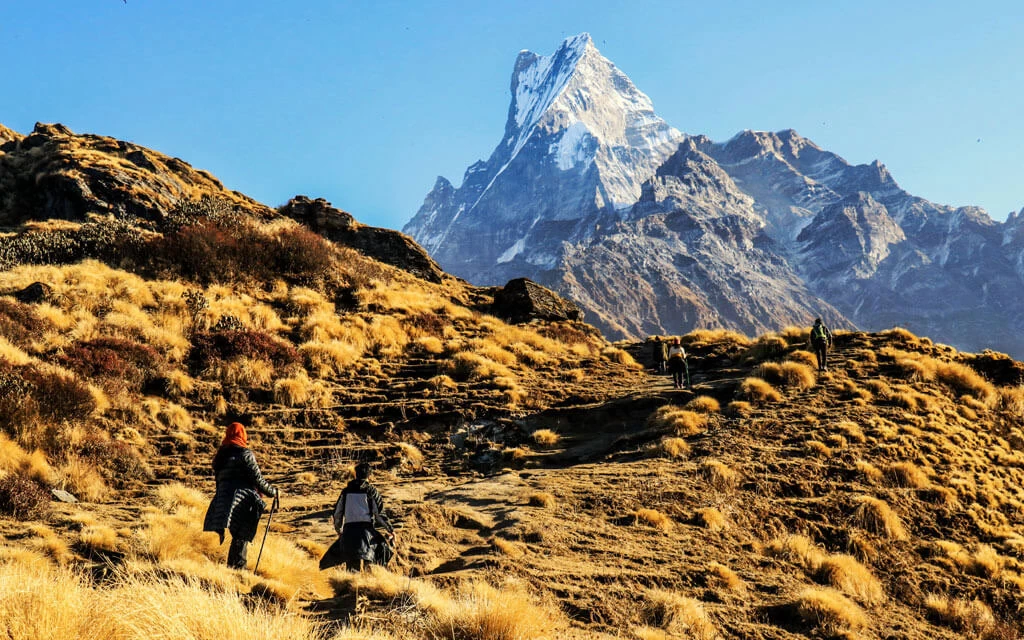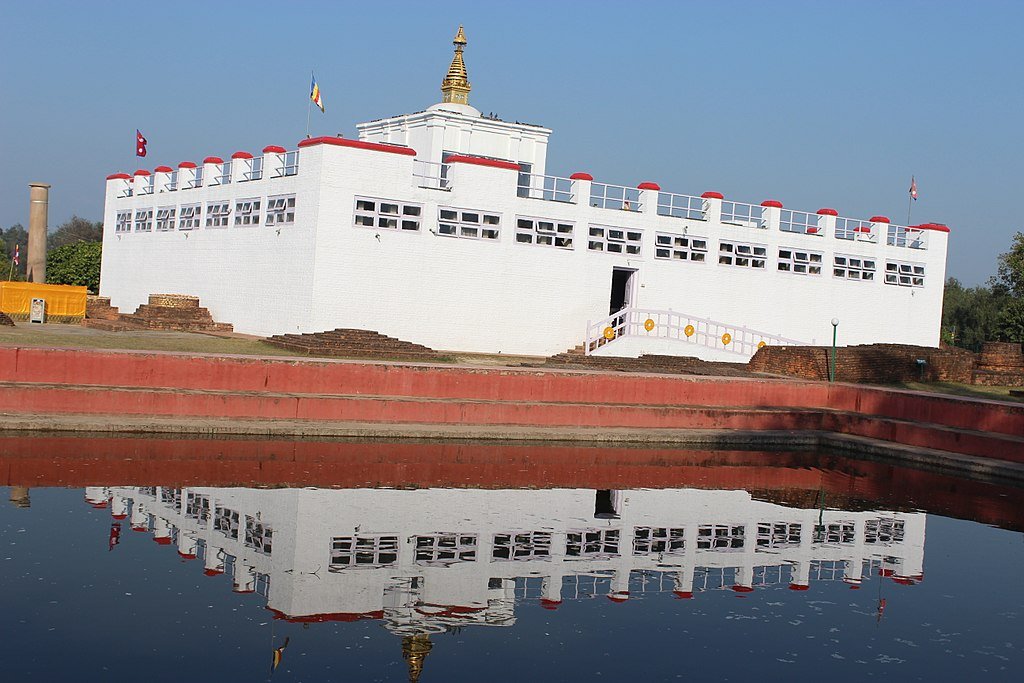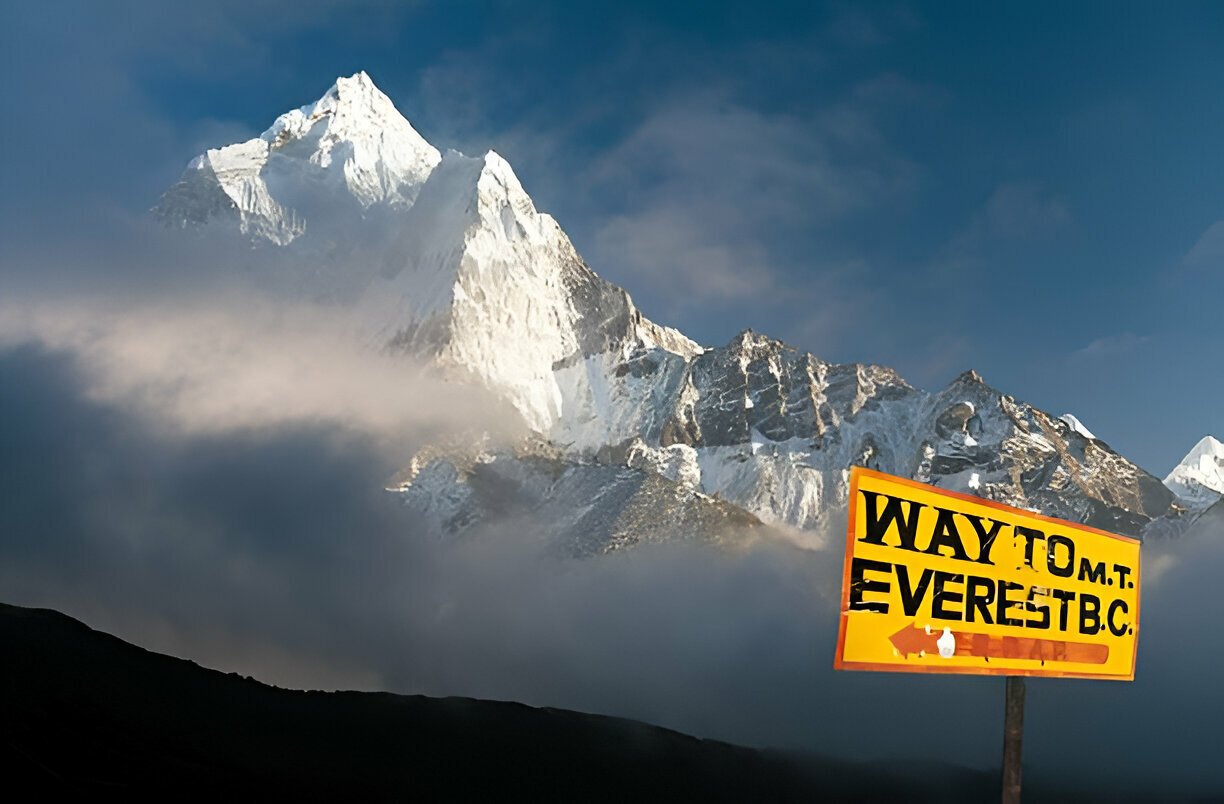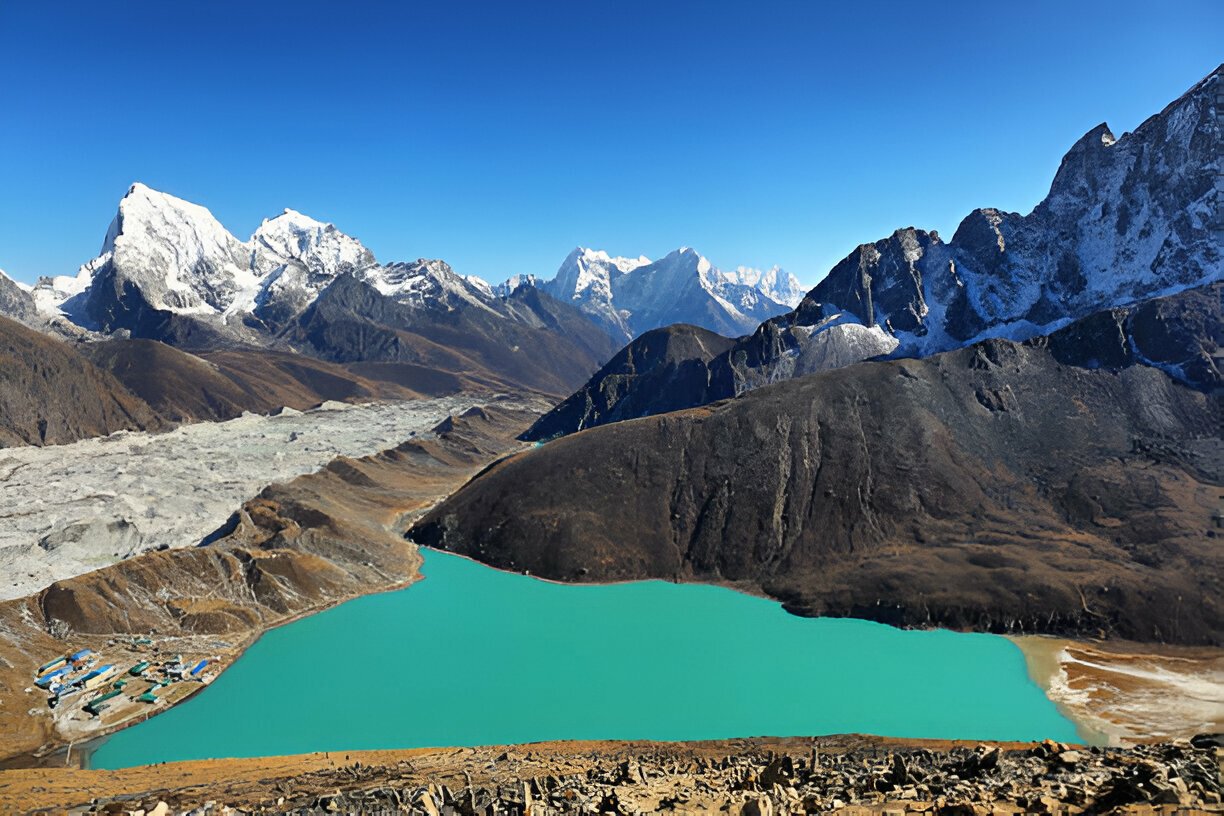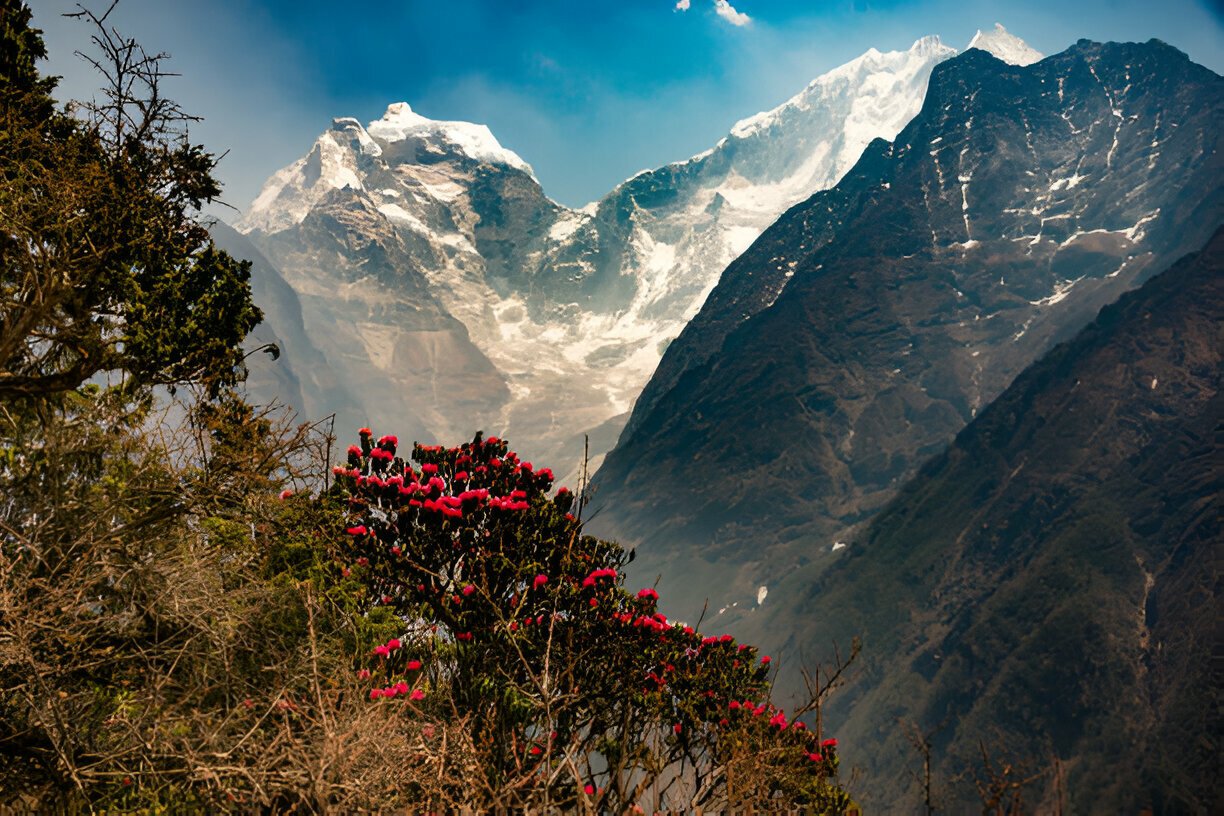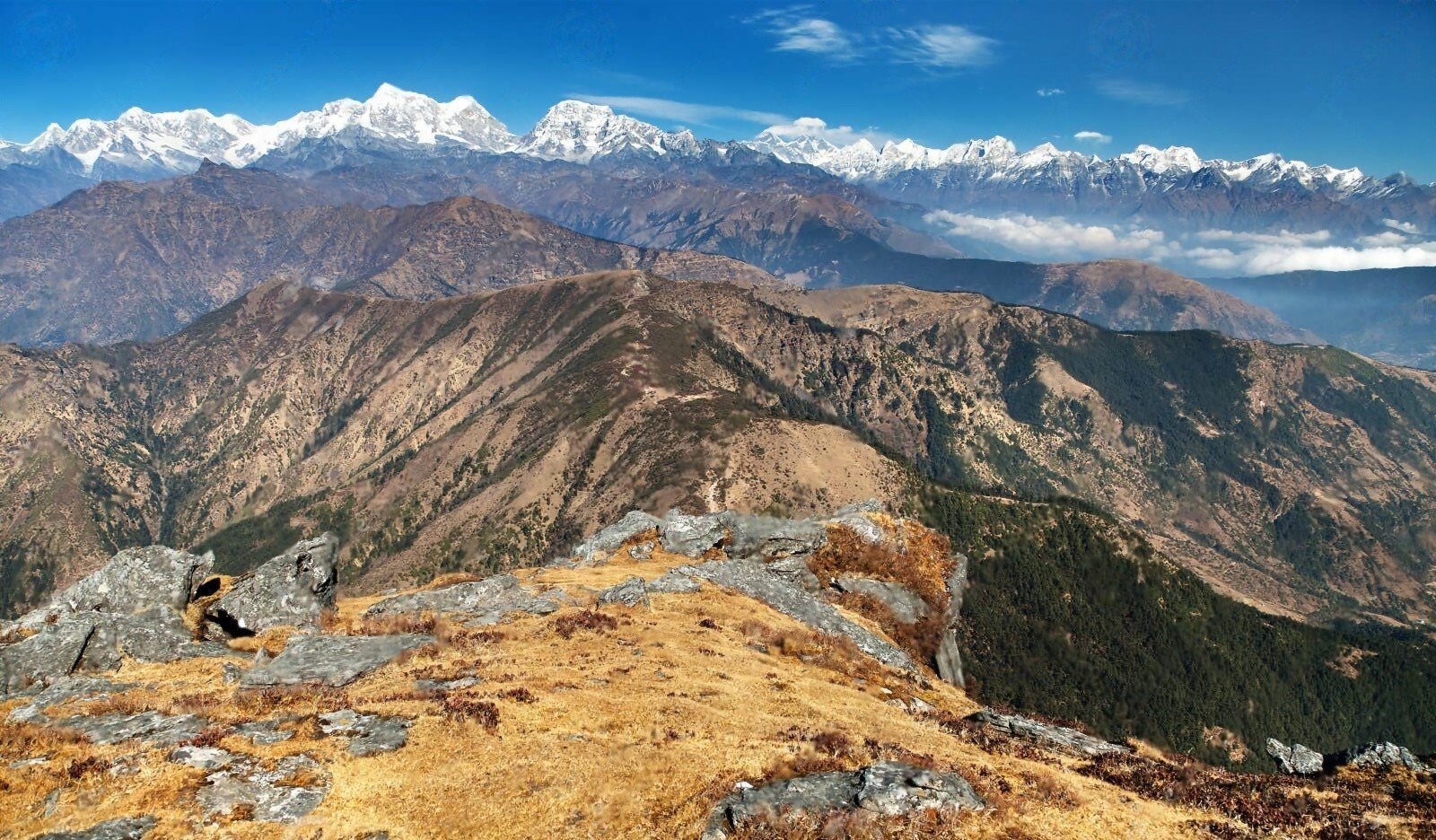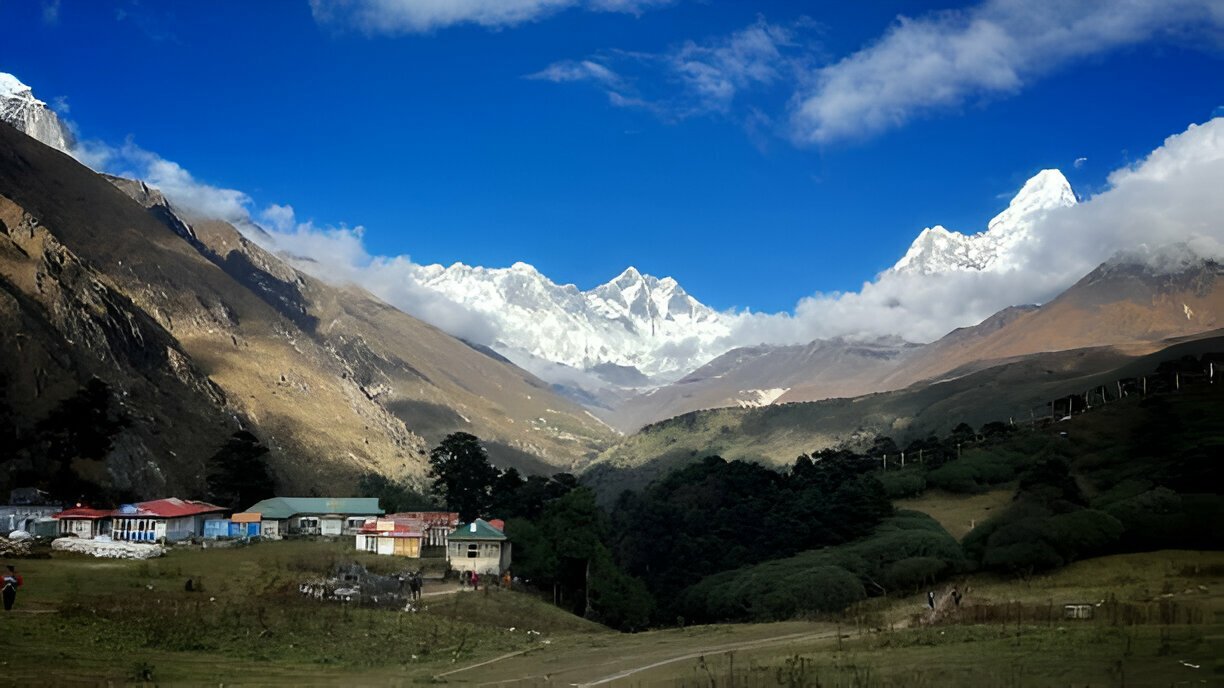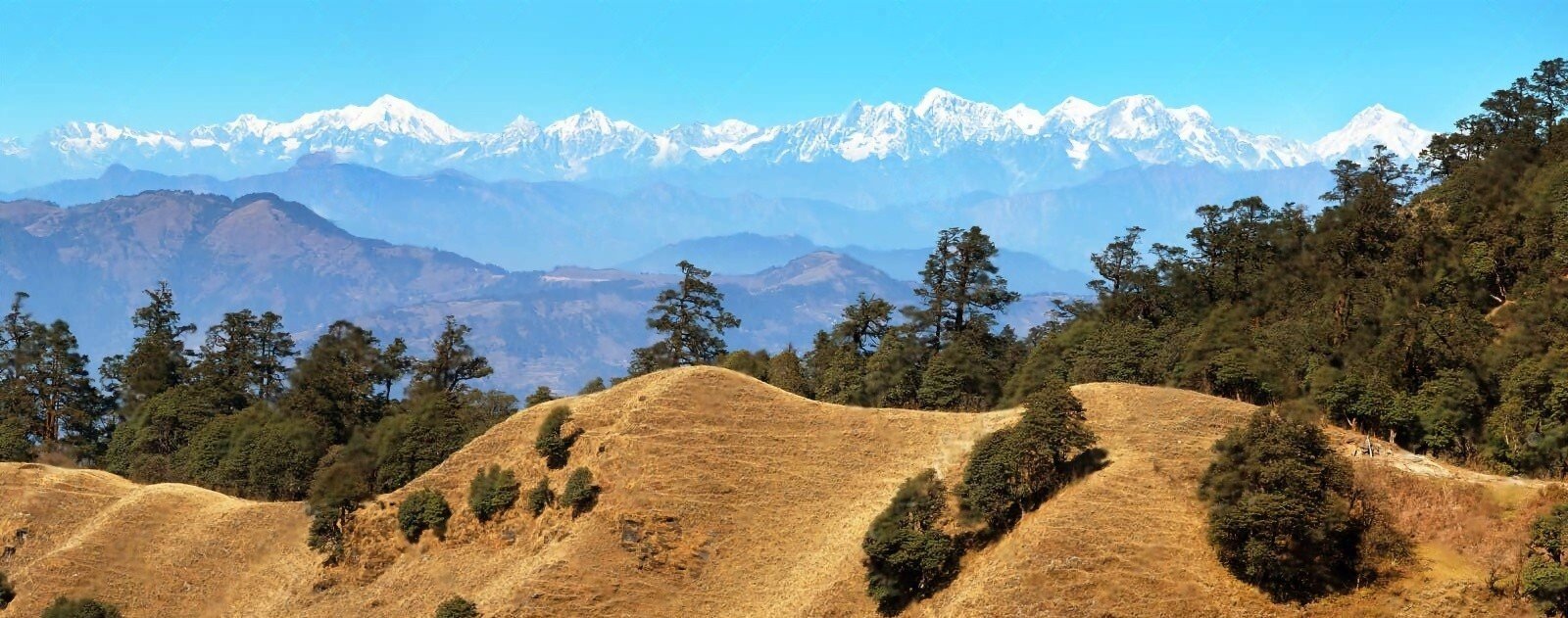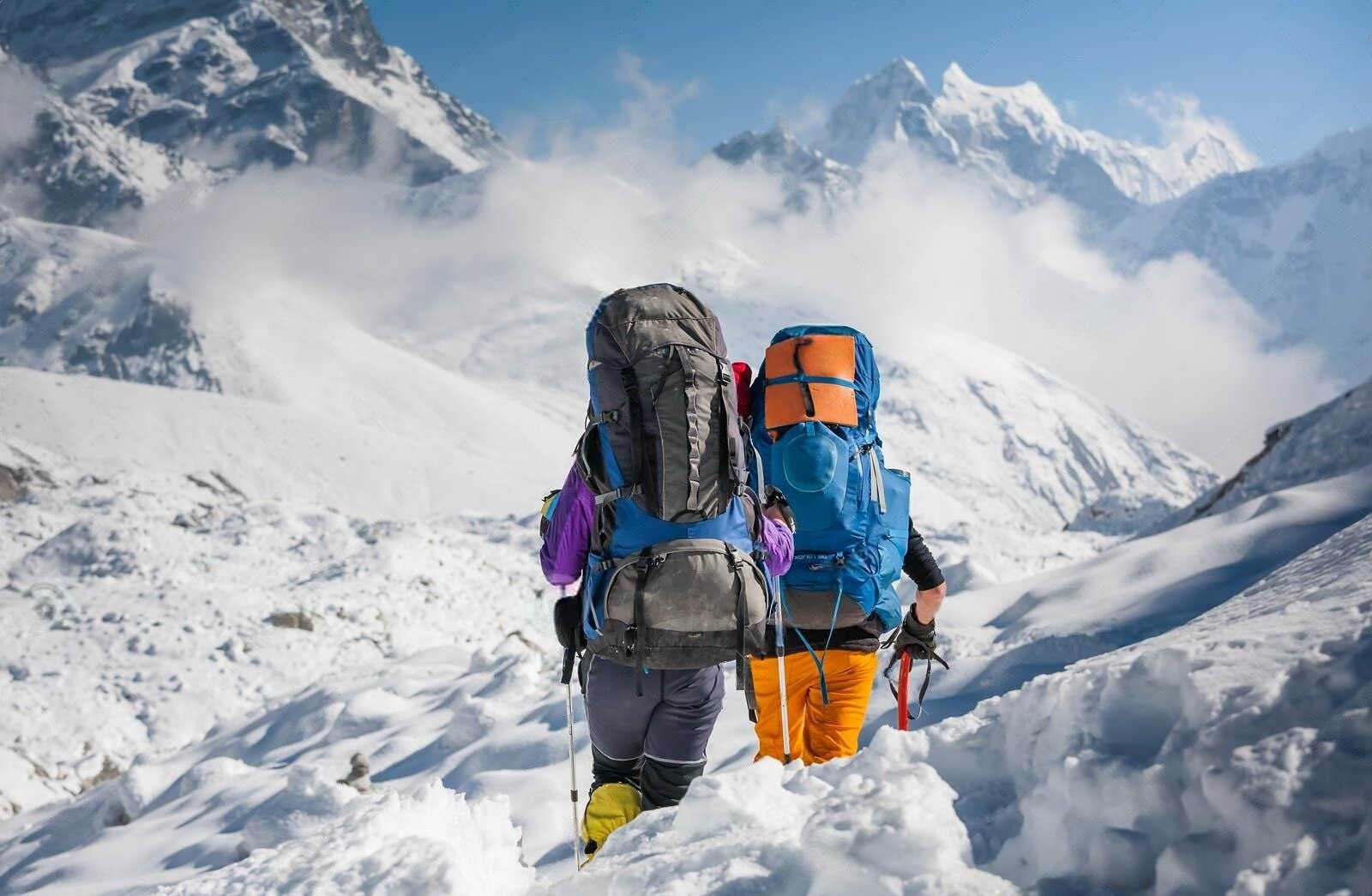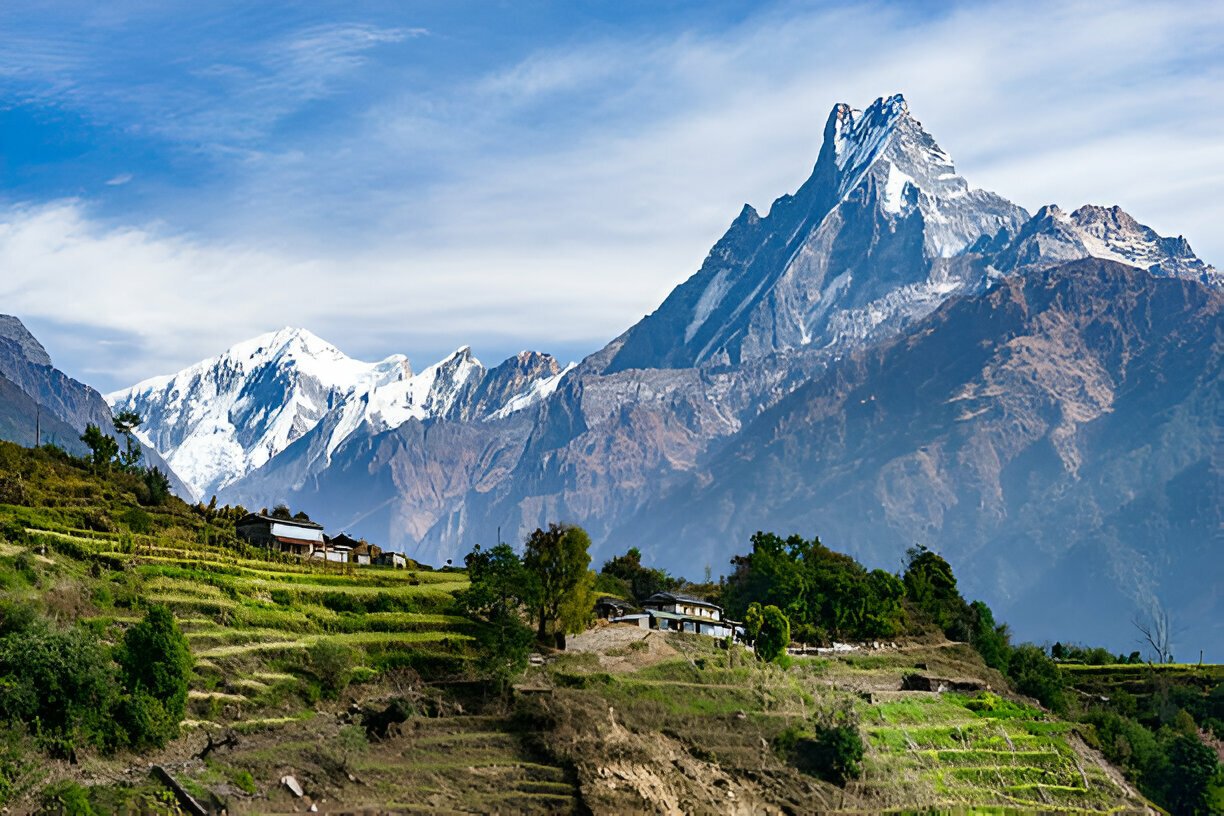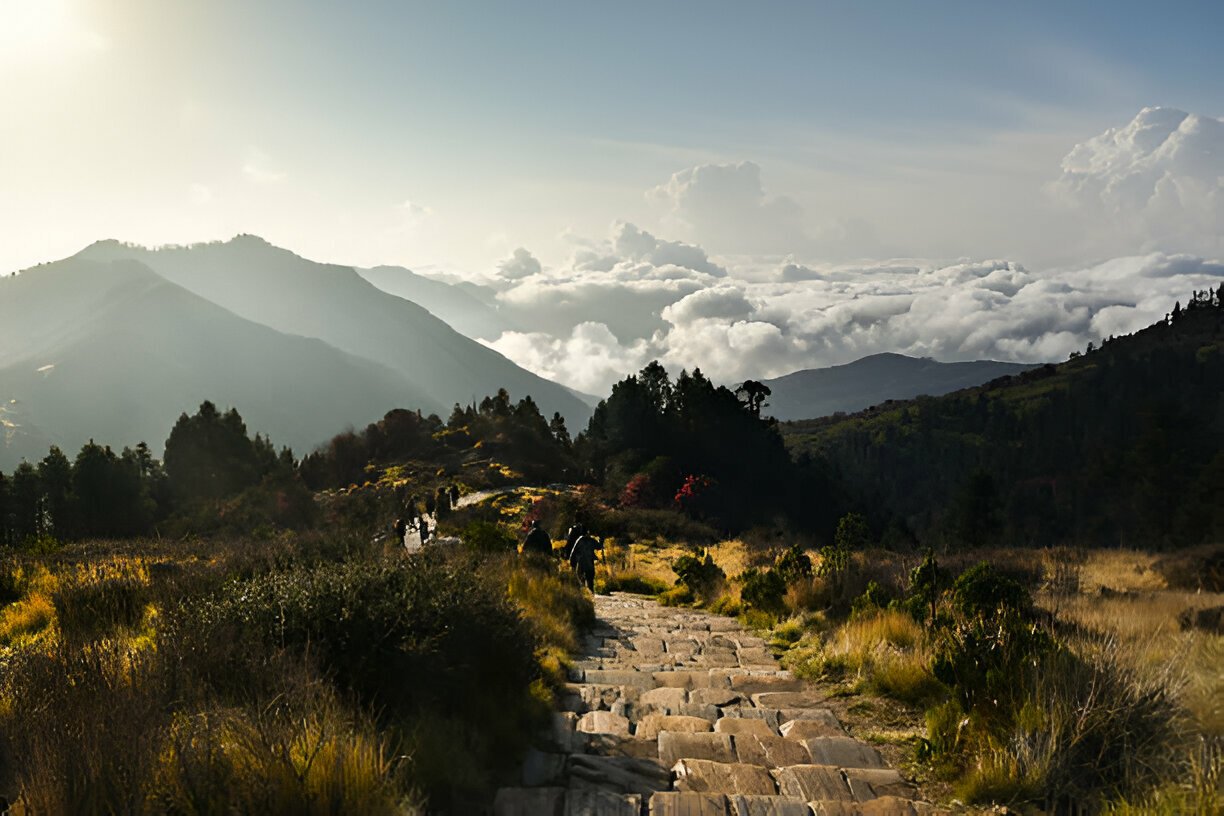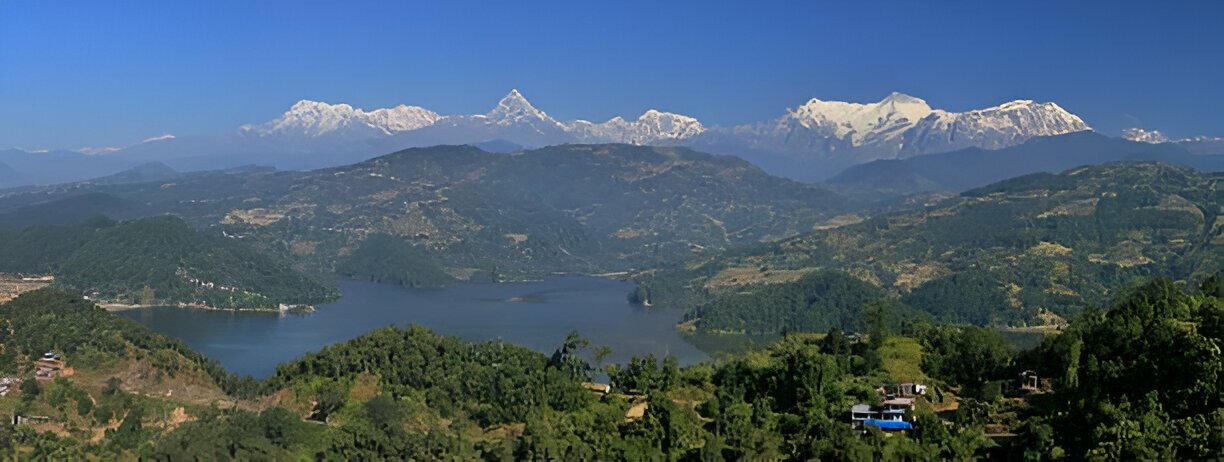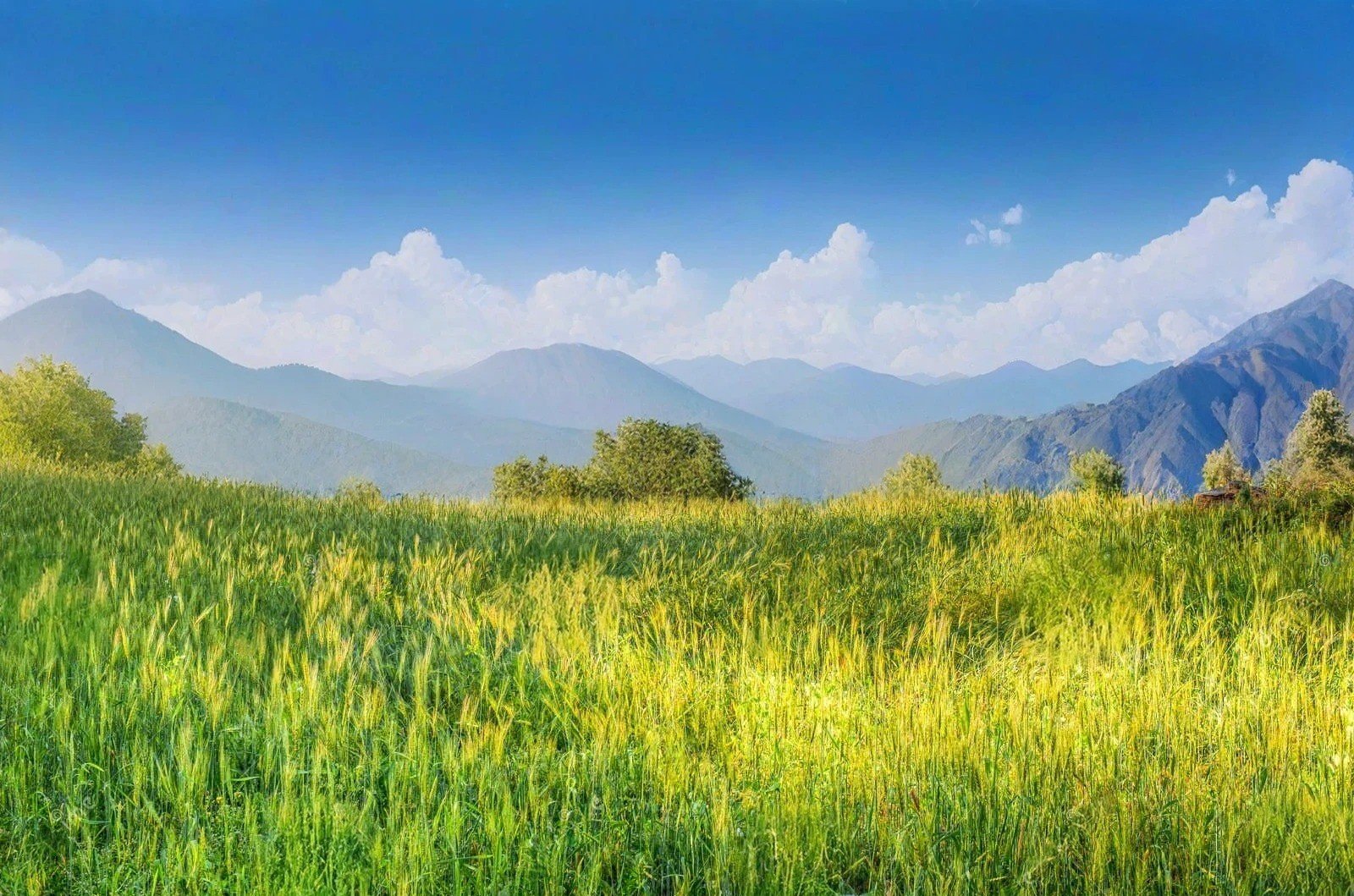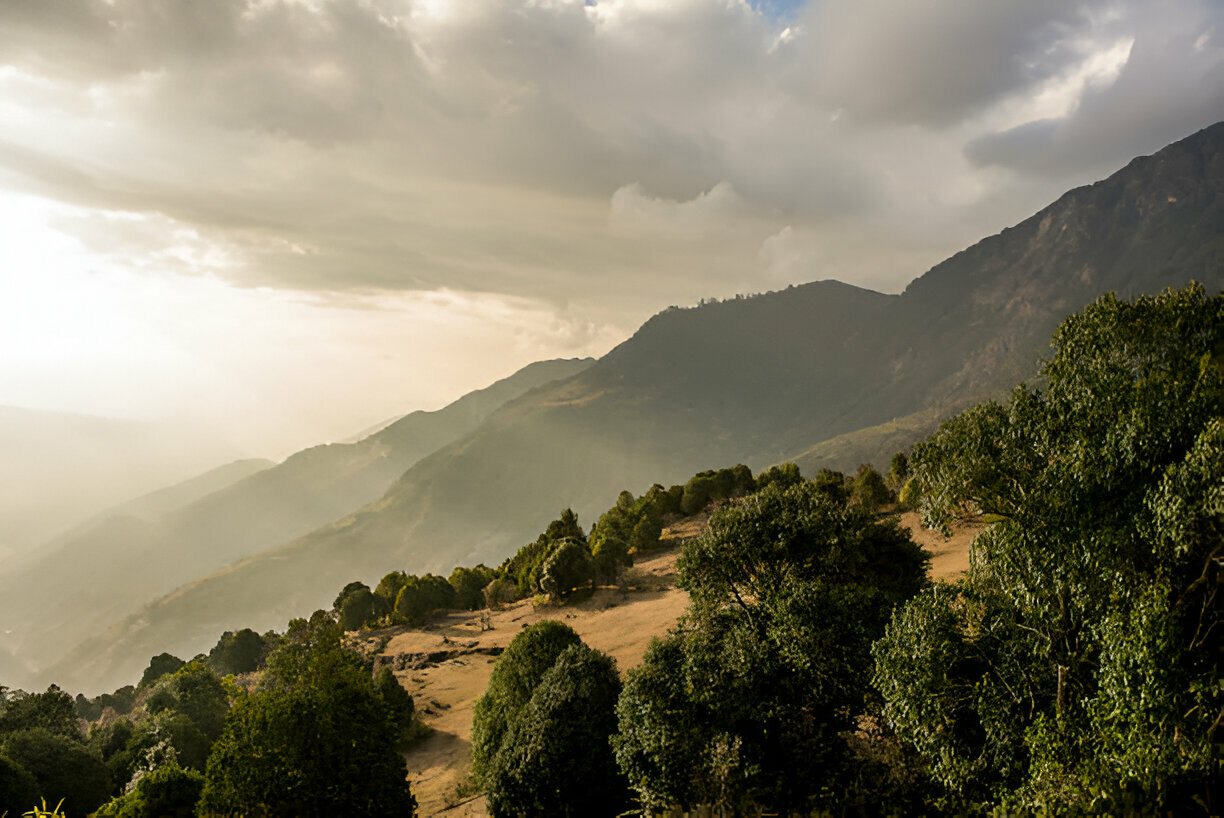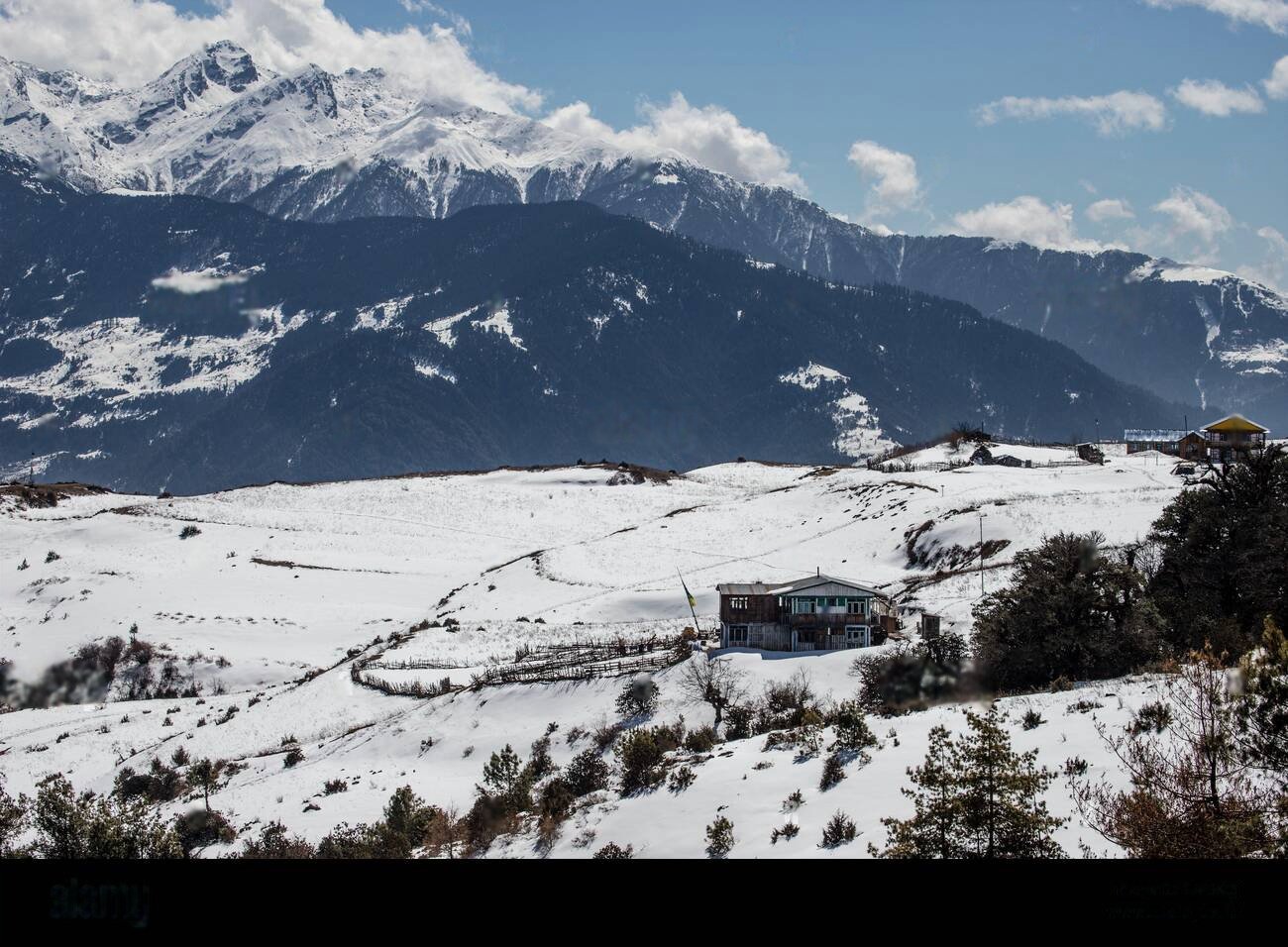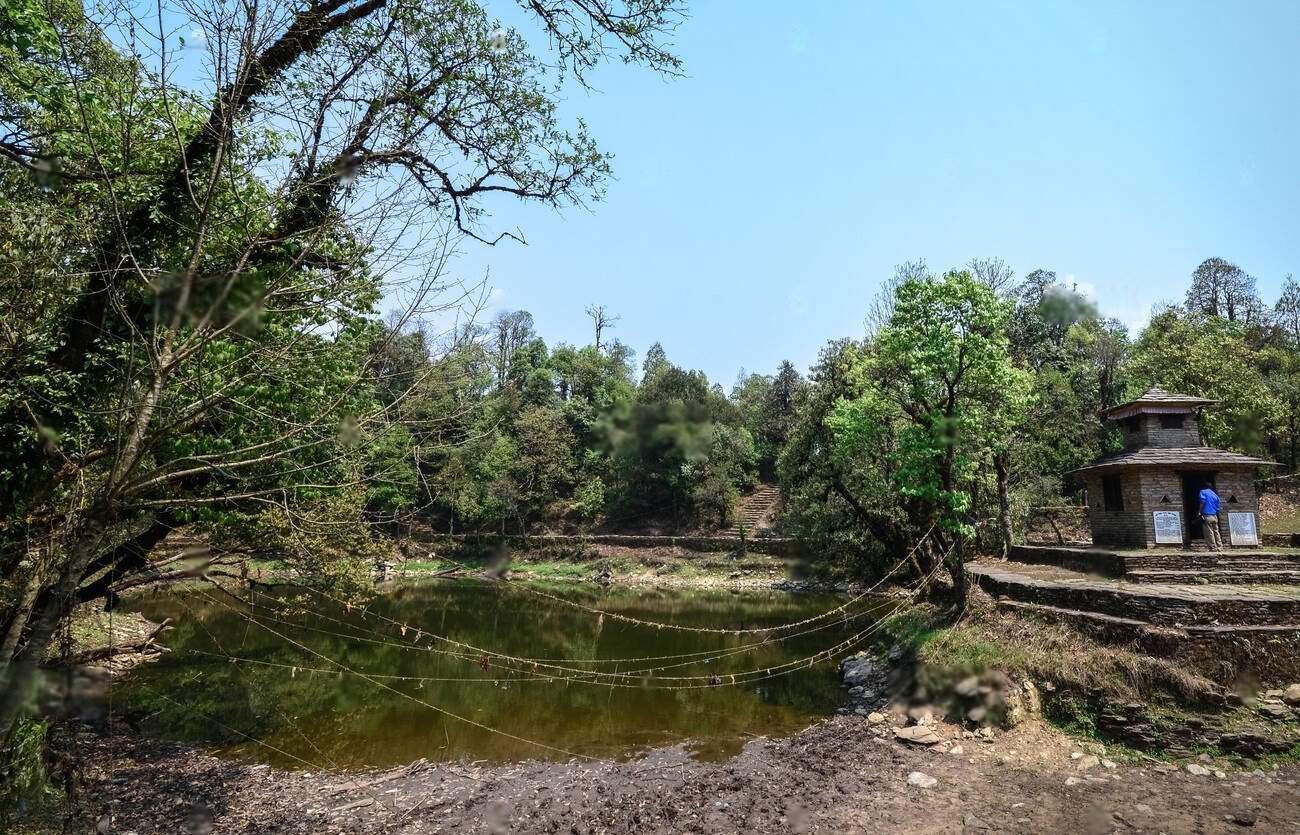 Detailed Information
Detailed Information
Visiting Swargadwari offers a multidimensional journey that seamlessly blends spiritual pilgrimage, cultural immersion, and natural exploration in a way few destinations in Nepal can match. What sets Swargadwari apart is its relative obscurity among international travelers despite its profound significance in Hindu tradition, allowing for a more authentic and contemplative experience than at more commercialized religious sites.
The experience begins with the journey itself—a gradual ascent through changing landscapes that serves as both physical challenge and spiritual preparation. As you climb higher along stone-paved paths and forest trails, the everyday world seems to fall away with each step. The traditional approach follows ancient pilgrimage routes where generations of devotees have walked, creating a powerful sense of connection to those who have made this sacred journey throughout the centuries. Along the way, small shrines, prayer flags, and rest houses mark significant points, with many pilgrims stopping to perform brief ceremonies or leave offerings.
As you near the summit area, the forest opens to reveal panoramic views that immediately convey why this site is associated with heaven. On clear days, the sweeping vista encompasses the Dhaulagiri and Annapurna ranges to the north, the rolling middle hills, and sometimes even the Terai plains stretching toward India in the south. This extraordinary perspective creates a natural altar where earth seems to meet sky a physical manifestation of the site's spiritual significance as a threshold between worlds.
The main temple complex, though relatively modest in size compared to some of Nepal's more elaborate religious monuments, emanates a powerful sense of sanctity enhanced by its dramatic setting. The central shrine houses images of Lord Vishnu and other deities, tended by priests who maintain traditions passed down through generations. Unlike the structured ceremonies of urban temples, worship at Swargadwari often takes a more personal form, with pilgrims conducting their own rituals according to family traditions or regional practices. The air carries the mingled scents of incense, ghee lamps, and wild mountain herbs, creating a multisensory atmosphere that enhances the spiritual experience.
Throughout the complex, you'll encounter sadhus (holy men) who have taken up temporary or semi-permanent residence in nearby caves and simple shelters. Some of these ascetics have compelling life stories and insights to share with respectful visitors, offering perspectives on spiritual practice far removed from modern life. Their presence connects visitors to Hindu traditions of renunciation and meditation that date back thousands of years.
The natural environment forms an integral part of the Swargadwari experience. The surrounding forests contain hundreds of medicinal plant species used in traditional Ayurvedic healing, and local guides can often identify these and explain their properties. Sacred groves, protected for centuries by religious taboos against harvesting or damaging trees, harbor ecological treasures rarely found in more depleted forests. Springs and small waterfalls, considered especially pure and healing, attract pilgrims who collect the water for both ritual and medicinal purposes.
Throughout the year, the atmosphere at Swargadwari shifts with the seasons and religious calendar. During major festivals, particularly Chaitra Purnima in spring, the normally tranquil site transforms as thousands of pilgrims arrive, many having walked for days from distant villages. Colorful ceremonies, devotional music, communal feasts, and nighttime vigils create an intensely vibrant experience during these periods. In contrast, visiting during quieter times offers peaceful contemplation and deeper connection with both the natural setting and the site's spiritual essence.
What remains consistent throughout the year is the sense of Swargadwari as a living spiritual tradition rather than a preserved historical monument or tourist attraction. The genuine devotion of pilgrims, the continued practice of ancient rituals, and the site's relative isolation have preserved an authenticity increasingly rare in our globalized world offering visitors a window into Nepal's spiritual heritage that feels both timeless and immediate.
Visiting Swargadwari offers a multidimensional journey that seamlessly blends spiritual pilgrimage, cultural immersion, and natural exploration in a way few destinations in Nepal can match. What sets Swargadwari apart is its relative obscurity among international travelers despite its profound significance in Hindu tradition, allowing for a more authentic and contemplative experience than at more commercialized religious sites.
The experience begins with the journey itself—a gradual ascent through changing landscapes that serves as both physical challenge and spiritual preparation. As you climb higher along stone-paved paths and forest trails, the everyday world seems to fall away with each step. The traditional approach follows ancient pilgrimage routes where generations of devotees have walked, creating a powerful sense of connection to those who have made this sacred journey throughout the centuries. Along the way, small shrines, prayer flags, and rest houses mark significant points, with many pilgrims stopping to perform brief ceremonies or leave offerings.
As you near the summit area, the forest opens to reveal panoramic views that immediately convey why this site is associated with heaven. On clear days, the sweeping vista encompasses the Dhaulagiri and Annapurna ranges to the north, the rolling middle hills, and sometimes even the Terai plains stretching toward India in the south. This extraordinary perspective creates a natural altar where earth seems to meet sky a physical manifestation of the site's spiritual significance as a threshold between worlds.
The main temple complex, though relatively modest in size compared to some of Nepal's more elaborate religious monuments, emanates a powerful sense of sanctity enhanced by its dramatic setting. The central shrine houses images of Lord Vishnu and other deities, tended by priests who maintain traditions passed down through generations. Unlike the structured ceremonies of urban temples, worship at Swargadwari often takes a more personal form, with pilgrims conducting their own rituals according to family traditions or regional practices. The air carries the mingled scents of incense, ghee lamps, and wild mountain herbs, creating a multisensory atmosphere that enhances the spiritual experience.
Throughout the complex, you'll encounter sadhus (holy men) who have taken up temporary or semi-permanent residence in nearby caves and simple shelters. Some of these ascetics have compelling life stories and insights to share with respectful visitors, offering perspectives on spiritual practice far removed from modern life. Their presence connects visitors to Hindu traditions of renunciation and meditation that date back thousands of years.
The natural environment forms an integral part of the Swargadwari experience. The surrounding forests contain hundreds of medicinal plant species used in traditional Ayurvedic healing, and local guides can often identify these and explain their properties. Sacred groves, protected for centuries by religious taboos against harvesting or damaging trees, harbor ecological treasures rarely found in more depleted forests. Springs and small waterfalls, considered especially pure and healing, attract pilgrims who collect the water for both ritual and medicinal purposes.
Throughout the year, the atmosphere at Swargadwari shifts with the seasons and religious calendar. During major festivals, particularly Chaitra Purnima in spring, the normally tranquil site transforms as thousands of pilgrims arrive, many having walked for days from distant villages. Colorful ceremonies, devotional music, communal feasts, and nighttime vigils create an intensely vibrant experience during these periods. In contrast, visiting during quieter times offers peaceful contemplation and deeper connection with both the natural setting and the site's spiritual essence.
What remains consistent throughout the year is the sense of Swargadwari as a living spiritual tradition rather than a preserved historical monument or tourist attraction. The genuine devotion of pilgrims, the continued practice of ancient rituals, and the site's relative isolation have preserved an authenticity increasingly rare in our globalized world offering visitors a window into Nepal's spiritual heritage that feels both timeless and immediate.
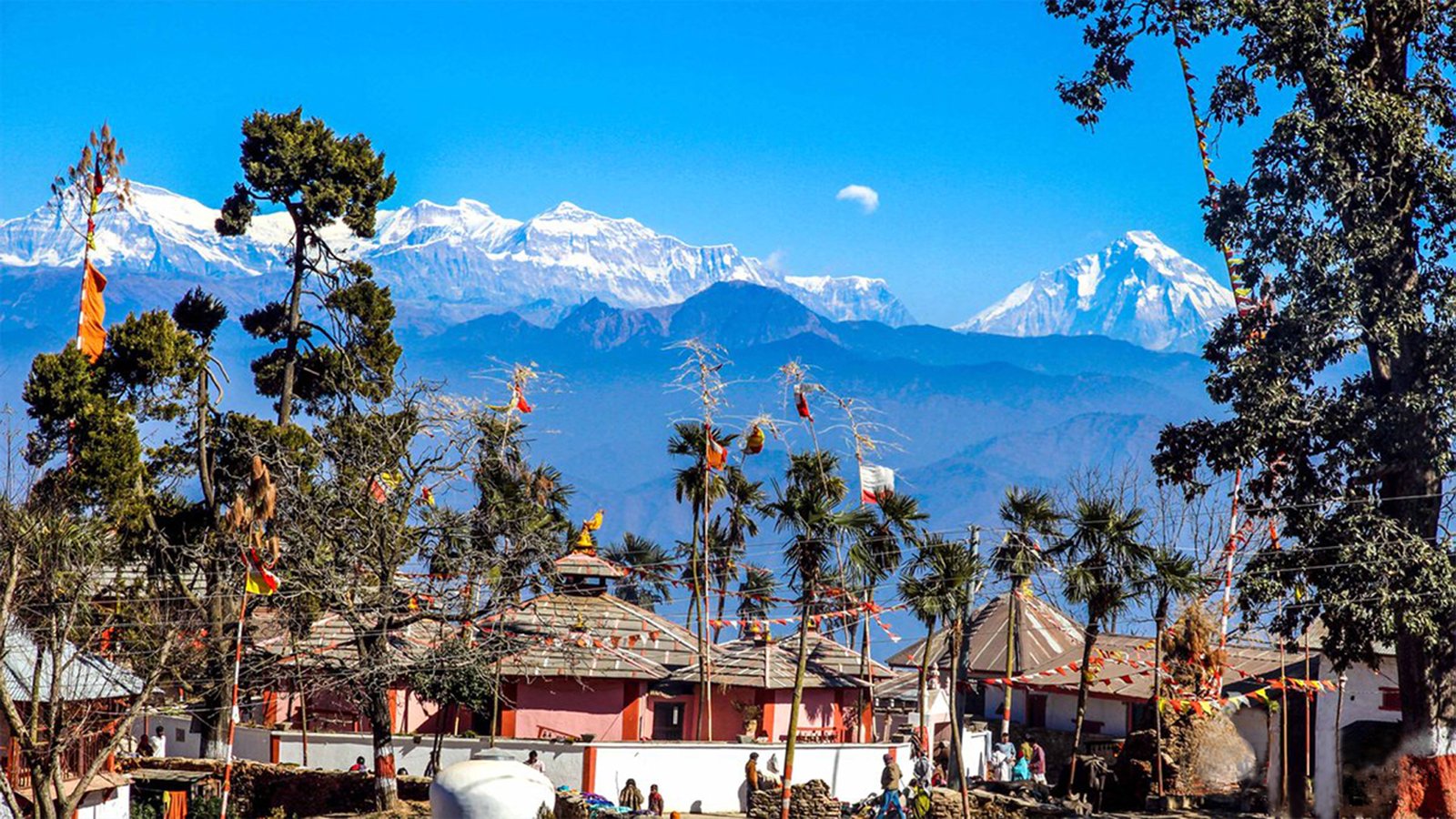
From $0
Price Varies from Group Size
Success
Here goes about why the success toast occurred.
 Activity Outline
Activity Outline
Two-Day Visit
Journey to Swargadwari
Forest Ascent
Midday Rest and Lunch
Final Ascent to Swargadwari
Arrival and Evening Observances
Sunrise and Morning Rituals
Sacred Circuit
Meeting with Sadhus
Medicinal Plant Walk
Final Temple Ceremonies and Departure
 Good to Know
Good to Know
The climb to Swargadwari involves significant elevation gain and some sections of steep trail; visitors should be in reasonably good physical condition and consider acclimatizing for a day in Pyuthan before beginning the trek.
Cultural Highlights
Indigenous Knowledge: Repository of traditional ecological wisdom regarding medicinal plants
Folk Music: Distinctive devotional music traditions specific to Nepal's western hills
Sadhu Traditions: Living examples of ascetic practices dating back thousands of years
Regional Pilgrimage: Important gathering point for diverse communities from western Nepal
Oral Traditions: Rich collection of local legends and stories not recorded in classical texts
Visitor Etiquette
Dress modestly when visiting temples and sacred areas (shoulders and knees covered)
Remove shoes before entering temple sanctums
Ask permission before photographing people during their devotions
Speak quietly near meditation areas and caves where sadhus reside
If bringing offerings, traditional items include flowers, fruits, incense, and red cloth
Respect dietary restrictions in the sacred area (meat and alcohol are prohibited)
Use designated paths rather than creating shortcuts that could cause erosion
Nearby Attractions
Pyuthan Khalanga: Historic district headquarters with traditional architecture (40 km)
Jhimruk Hydropower Dam: Engineering marvel and scenic reservoir (35 km)
Dhabang Kalika Temple: Important regional shrine with distinctive architecture (25 km)
Airawati River: Sacred river with beautiful swimming holes and rapids (15 km)
Badikot Fort: Ancient defensive structure with panoramic views (45 km)
 Reviews
Reviews
 FAQs (Frequently Asked Questions)
FAQs (Frequently Asked Questions)
Your queries are answered.
When is the best time to visit Swargadwari?
The optimal visiting seasons are spring (March-May) and autumn (September-November). Spring offers the additional attraction of rhododendron blooms and abundant wildflowers, while autumn typically provides the clearest mountain views. Summer months (June-September) coincide with monsoon rains, making trails slippery and often obscuring views with clouds. Winter (December-February) brings cold temperatures and occasionally snow at this elevation, though the trails usually remain passable. If interested in cultural experiences, consider timing your visit with Chaitra Purnima (March-April) or Kartik Purnima (October-November) festivals.
What accommodation is available at Swargadwari?
Accommodation at Swargadwari is basic but adequate, designed primarily for pilgrims rather than tourists. Options include: The temple dharmashala (pilgrim rest house) offering simple dormitory-style rooms with thin mattresses on platforms A small monastery guesthouse with slightly more private rooms Several basic lodges operated by local families During normal periods, finding accommodation is not difficult, but facilities fill quickly during festivals. Most places provide blankets, but bringing a light sleeping bag or sleep sheet is recommended for hygiene and extra warmth. Electricity is limited, often solar-powered, and typically available only in the evening hours.
What food options exist at Swargadwari?
Food at Swargadwari is simple, vegetarian, and based around local ingredients. The main temple complex operates a bhojanshala (dining hall) serving traditional Nepali meals centered on dal bhat (lentils and rice). Several small teahouses offer basic snacks, tea, and instant noodles. During major festivals, community kitchens serve free meals to pilgrims. Outside festival periods, meal options may be limited to specific serving times, so carrying some supplementary snacks is advisable. The water supply comes from natural springs considered sacred, but non-acclimatized visitors should either use purification methods or purchase bottled water carried up from below.
How do I reach Swargadwari from major cities in Nepal?
From Kathmandu, the journey typically takes two days. First, take a bus to either Butwal (6-7 hours) or directly to Pyuthan Khalanga if available (10-12 hours). From Butwal, connect to local transportation to Pyuthan (4-5 hours). From Pyuthan Khalanga, jeeps run to Bhingri village when road conditions permit, getting you closer to the trailhead. From Pokhara, travel first to Butwal (3-4 hours) and then follow the same connections. Private jeep hire is possible from Pyuthan directly to the trailhead at Arkha or Bhingri, significantly reducing the walking distance but at considerably higher cost.
Is Swargadwari suitable for non-Hindu visitors?
Non-Hindu visitors with respectful interest in cultural and spiritual traditions are welcome at Swargadwari. The site lacks the formal restrictions sometimes found at more orthodox temples in Nepal. Visitors should observe general etiquette (modest dress, removing shoes when appropriate) but are free to observe ceremonies and explore the complex. The priests and local guides are generally welcoming to sincere visitors regardless of background. Non-Hindu visitors should refrain from participating in certain core religious rituals but can join general activities like circumambulation of the sacred area and viewing ceremonies.
Are guides necessary for visiting Swargadwari?
While not strictly necessary, local guides significantly enhance the experience by: Providing navigation on trails that can have confusing junctions Explaining the spiritual and cultural significance of specific sites Facilitating interactions with resident priests and sadhus Identifying medicinal plants and wildlife Assisting with translation in an area where English is less commonly spoken than in major tourist destinations Guides can be arranged in Pyuthan Khalanga through local tourism offices or sometimes at the starting points of the trail. Costs are reasonable, typically $15-25 per day depending on experience and English proficiency.
What should I bring for a Swargadwari trek?
Essential items include: Good hiking shoes with ankle support Weather-appropriate clothing with layers (temperatures can vary significantly between day and night) Sun protection (hat, sunscreen, sunglasses) Light sleeping bag or sleep sheet Basic first aid supplies Headlamp or flashlight (power is limited) Water purification method Small offerings if you wish to participate in temple rituals (flowers, fruits, incense) Cash in Nepali rupees (no ATMs or card facilities available) Sufficient snacks to supplement local meals
